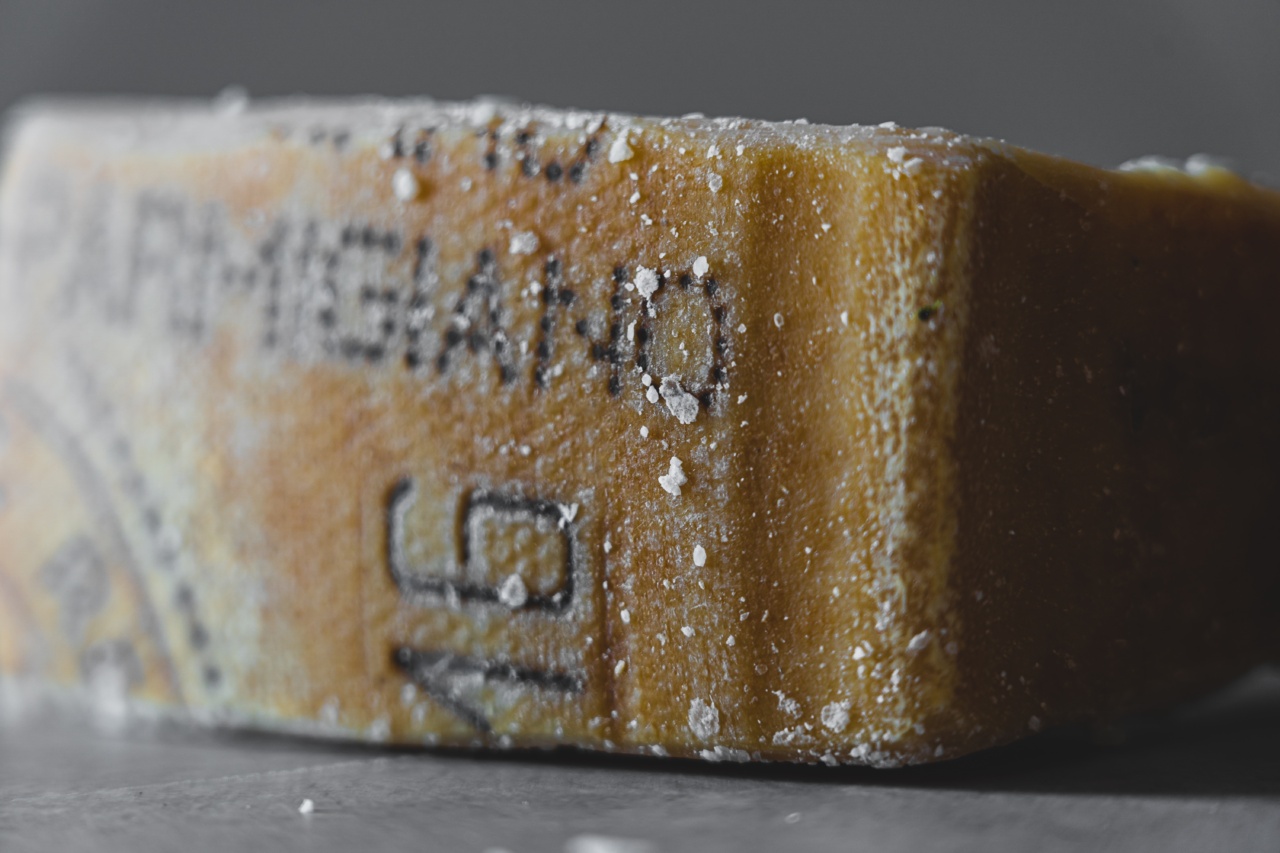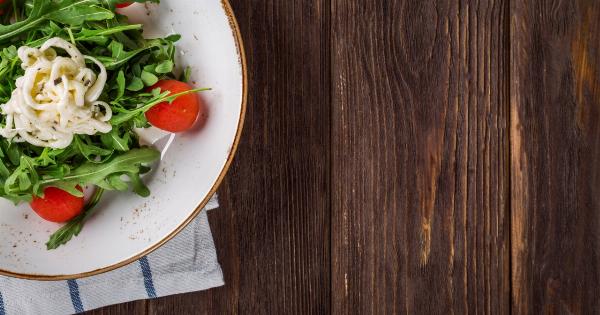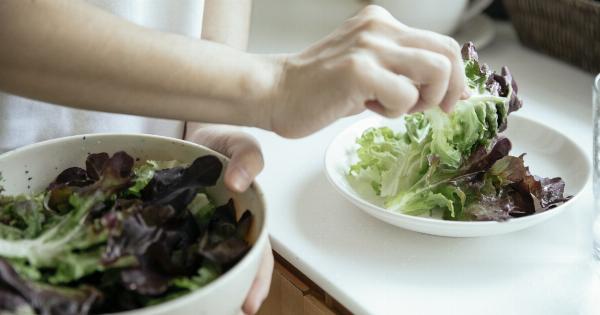Salt is an essential ingredient that adds flavor and enhances the taste of various foods. However, excessive salt consumption can have detrimental effects on our health, leading to high blood pressure, heart disease, and kidney problems.
In this article, we will explore the salty secrets of common foods and uncover hidden sources of sodium, as well as provide tips on reducing salt intake.
The Sodium Menace
Sodium, a component of salt, plays a vital role in maintaining fluid balance and proper nerve and muscle function in our bodies. However, most people consume far more sodium than necessary, often unknowingly.
High sodium intake can lead to water retention, increased blood pressure, and strain on the cardiovascular system.
Salty Culprits: Processed Meats
Processed meats like bacon, sausage, and deli meats are notorious for their high sodium content. The curing process and addition of salt in these products contribute significantly to their salty taste.
Consuming them frequently can quickly escalate our sodium intake.
Unveiling Hidden Salt: Condiments and Sauces
While processed meats are well-known salt contributors, condiments and sauces often go unnoticed. Ketchup, soy sauce, mustard, and salad dressings can contain surprising amounts of sodium.
Being cautious about the serving sizes and opting for low-sodium alternatives can help reduce salt consumption.
Surprising Sources: Canned Soups
Canned soups are often considered a quick and convenient meal option. However, they are loaded with salt to enhance flavor and preserve the product. Reading labels carefully and opting for low-sodium or homemade soups can help manage sodium intake.
The Salt Trap: Fast Food
Fast food is notorious for being high in sodium. Burgers, fries, and other savory treats are often loaded with salt to amplify taste and increase addictive cravings.
Limiting fast food consumption and choosing healthier homemade alternatives can significantly reduce sodium intake.
Sodium in Disguise: Breads and Pastries
While we may not associate bread and pastries with saltiness, they are often hidden sources of sodium. Baking requires some salt for the dough to rise and develop flavors. Moreover, bread and pastry products often contain added sodium as preservatives.
Opting for whole-grain varieties and homemade alternatives can help control sodium intake.
Restaurant Revelations: Dining Out
Restaurant meals often contain higher sodium levels than home-cooked meals due to the use of salt for seasoning and flavor enhancement.
Asking for sauces and dressings on the side, opting for grilled or steamed options over fried foods, and sharing meals can all help reduce sodium intake when dining out.
Delicate Deception: Processed Cheese
Processed cheese may seem harmless, but it typically contains a significant amount of sodium. From cheese spreads to slices, these products are often high in salt to improve taste and texture.
Opting for natural cheese and checking labels for low-sodium options can make a difference.
Salt Substitutes and Alternatives
Reducing salt intake doesn’t mean sacrificing flavor. There are numerous salt substitutes and alternatives available. Herbs and spices like garlic, turmeric, and oregano can add depth to dishes without the need for excessive salt.
Experimenting with these seasonings can open up a world of delicious, low-sodium options.
Tips for Reducing Salt Intake
Here are some helpful tips to reduce your salt intake:.
- Read food labels and choose low-sodium options
- Cook from scratch using fresh ingredients
- Limit processed and packaged foods
- Experiment with herbs and spices
- Rinse canned foods like beans and vegetables before using
- Avoid adding salt to meals during cooking or at the table
- Drink plenty of water to flush out excess sodium
Conclusion
Awareness of the hidden sources of sodium in common foods is crucial for maintaining a healthy diet. By understanding the salty secrets and making mindful choices, we can significantly reduce our salt intake and protect our long-term health.






























